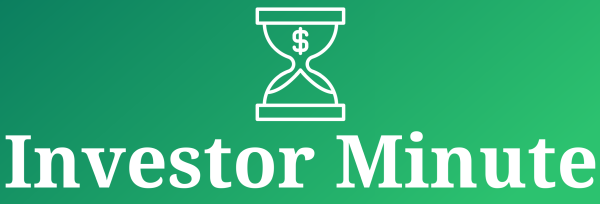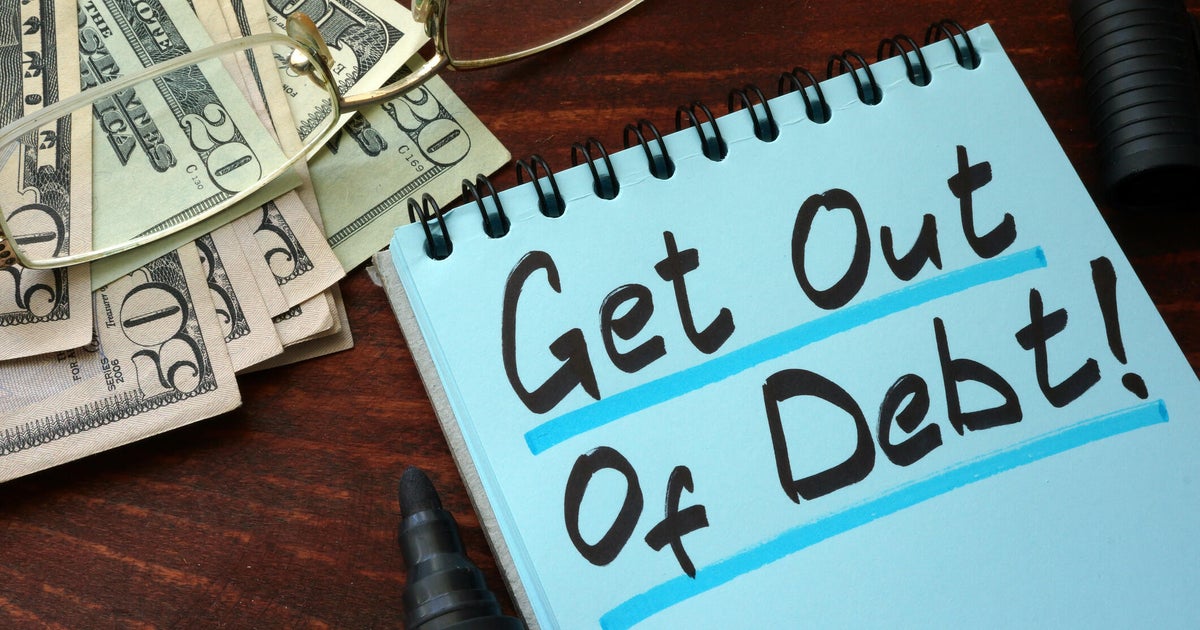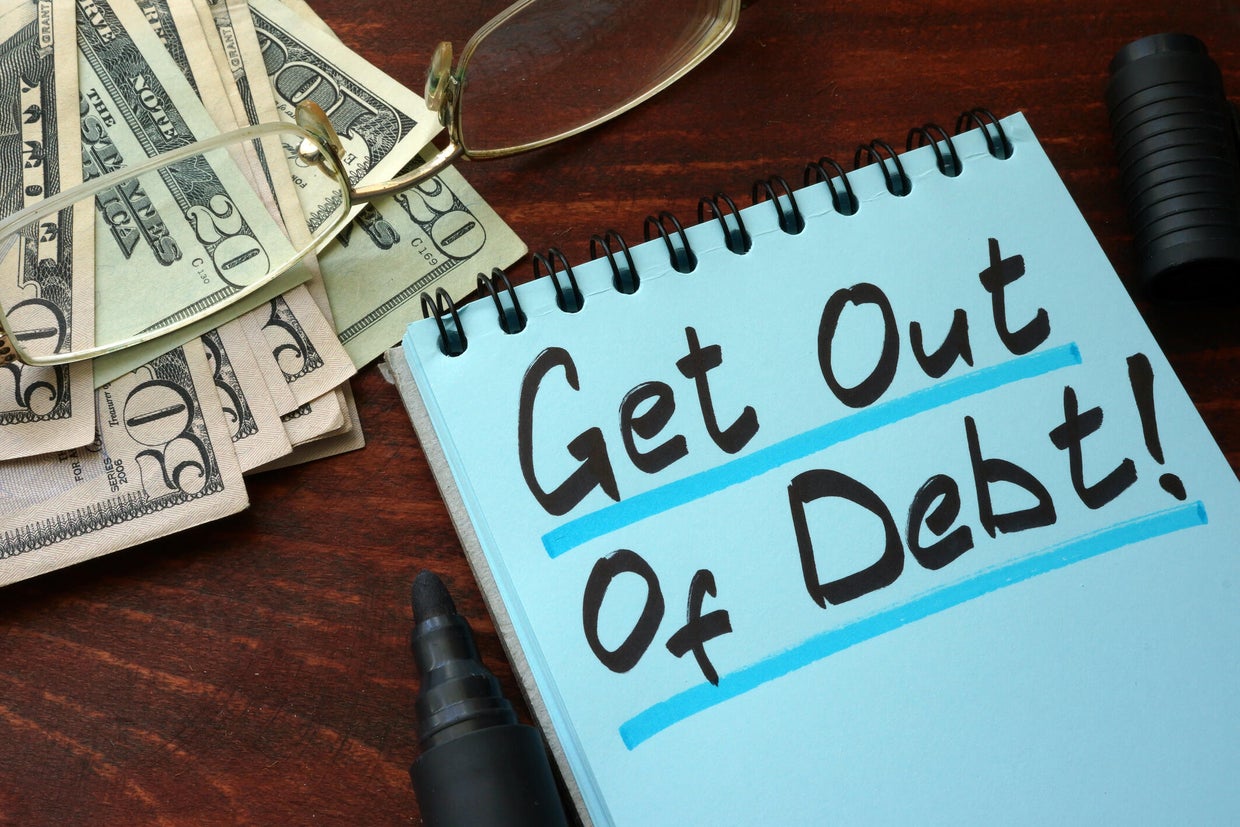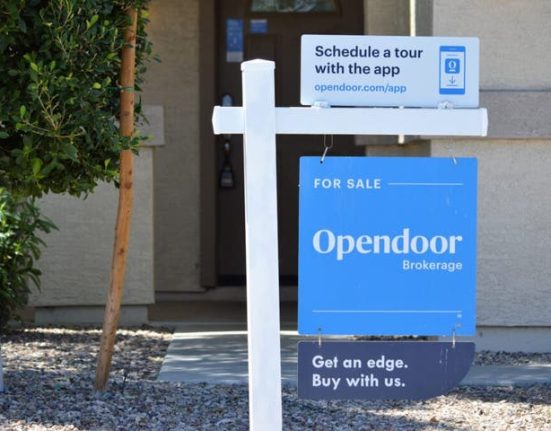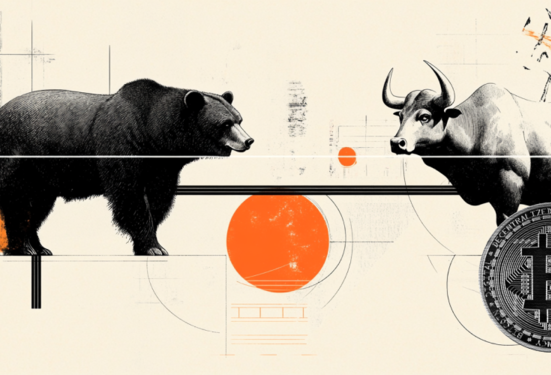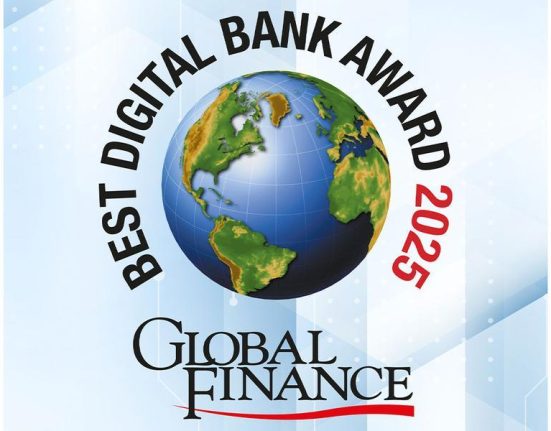Getty Images/iStockphoto
When financial pressures mount and debt payments become overwhelming, many people begin searching for potential relief options, like debt forgiveness, which reduces your balance and makes it easier to pay off the remainder of what’s owed. But while credit card debt, medical bills and student loans tend to dominate debt forgiveness discussions, personal loans tend to be left out of the conversation. After all, student loans and other types of debt have government-backed forgiveness programs, but personal loans don’t have the same straightforward options.
This creates confusion for borrowers who are seeking relief due to financial hardships that have drastically impacted their ability to repay their debts. That doesn’t mean you’re out of luck if you want to settle your personal loan debt for less than what’s owed, however. Debt relief comes in many forms, and while outright forgiveness of personal loans is rare, there are strategies you can use to try and reduce or eliminate this type of unsecured debt.
Before you try and have your personal loan debt forgiven, though, it’s important to understand what these options are and how they work, as the decisions you make now could impact your financial future for years to come.
Get help with your delinquent debt now.
Can personal loans be forgiven with debt relief?
Unlike federal student loans, which have well-defined forgiveness programs, personal loans typically do not have a formal forgiveness process. The banks, credit unions and online lenders that issue personal loans expect full repayment, with interest, in return for lending you the money you need. However, that doesn’t mean relief from this type of debt is impossible to obtain.
In some cases, for example, lenders may be willing to negotiate a settlement where you pay a reduced amount to satisfy the personal loan debt. This is particularly possible if you’re experiencing financial hardship and are at risk of defaulting on your loan obligations. You can attempt this type of settlement yourself, but many people opt to work with a debt relief company that specializes in negotiating with lenders to reduce their total balance, as it can increase the chances of a positive outcome.
Bankruptcy is another form of debt relief that can effectively eliminate personal loan debt. However, it is a serious decision with long-term financial consequences. We’ll explore these and other options in more detail below.
Chat with a debt relief expert about your options today.
How to have your personal loan debt forgiven
It’s generally possible to reduce your personal loan debt by using the right debt relief strategies. Here are some of the most common options:
Debt forgiveness
Debt forgiveness (also known as debt settlement) involves negotiating with your lender to reduce the total amount you owe. This can be done independently or through a debt relief company, but if your lender agrees, you’ll typically make a lump-sum payment in return for a reduced balance. While the outcome can vary, and while your creditors aren’t required to forgive any portion of your debt, successful negotiations with the help of a debt relief company can result in paying 30% to 50% less than your original balance on average.
Hardship programs
Some lenders may also offer hardship programs for borrowers who are facing financial difficulties. If you qualify, these programs may temporarily lower your interest rate, reduce your monthly payment or even allow you to pause payments for a period. While these programs don’t forgive your debt outright, they can provide much-needed relief while you get back on your feet.
Bankruptcy
Filing for bankruptcy should be a last resort option given the serious financial consequences it can come with, but doing so can effectively eliminate personal loan debt, in some cases. For example, Chapter 7 bankruptcy may discharge unsecured debts, including personal loans, while Chapter 13 bankruptcy allows you to restructure your debt into a manageable repayment plan. Bankruptcy severely impacts your credit, so it’s important to consider that as part of your decision-making process, but if you’re facing serious financial issues, taking this route can provide a fresh financial start.
The bottom line
Personal loan debt forgiveness isn’t as straightforward as student loan forgiveness, but relief is still possible in many cases. Debt settlement, hardship programs and bankruptcy are all potential solutions to consider for those struggling to keep up with their personal loan debt obligations.
If you’re feeling overwhelmed with your options or finding a starting point, the best course of action may be to speak with a debt relief expert. They can help you understand your options and guide you toward the best strategy for your situation. While getting out of personal loan debt isn’t always easy, taking the right approach can put you back on the path to financial stability.
